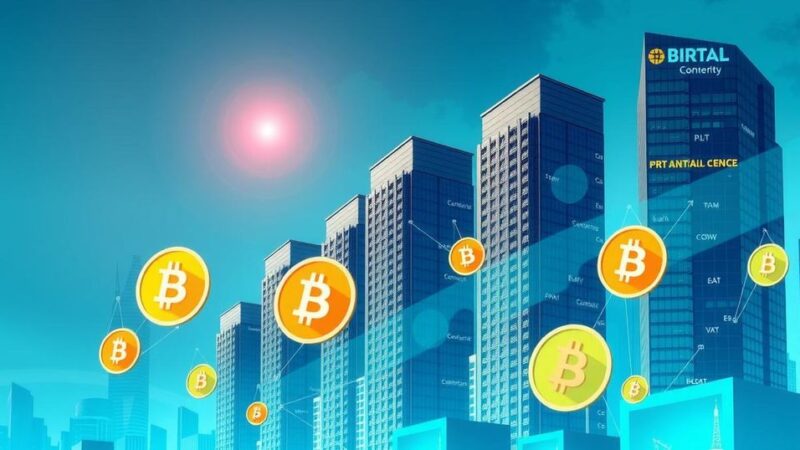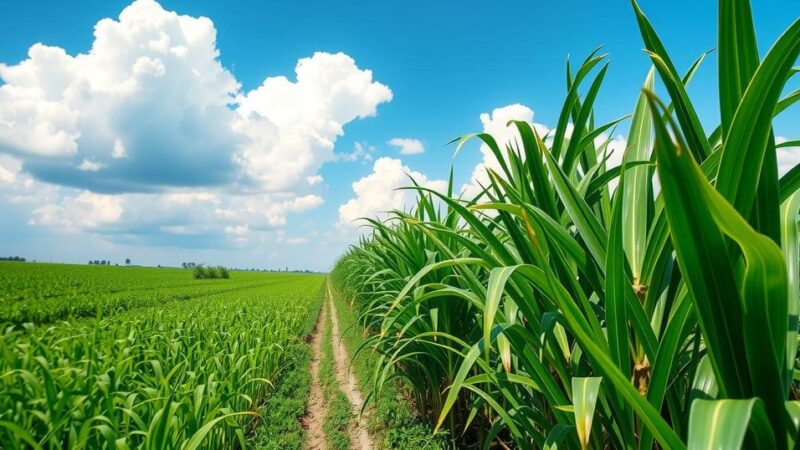The IBC-Br index revealed that Brazil’s economic activity grew 0.9% in January, surpassing predictions. Non-seasonally adjusted data indicated a year-on-year rise of 3.6%. Economists predict strong GDP growth in early 2025, although high borrowing costs may soon impact activity. The central bank is expected to raise interest rates at its upcoming meeting, signaling tight monetary policy amid elevated inflation.
Brazil’s economic activity in January exceeded expectations, as revealed by central bank data released on Monday. The IBC-Br index, a leading economic indicator for gross domestic product (GDP), showed a seasonally adjusted increase of 0.9% from December, surpassing all estimates in a Reuters poll. The median forecast anticipated a modest rise of 0.22%, while the highest estimate projected a growth of 0.60%.
On a non-seasonally adjusted basis, the IBC-Br index, which factors in output from agriculture, industry and services, along with production tax data, exhibited a growth of 3.6% year-on-year and 3.8% compared to January 2024. Rafael Perez, an economist with Suno Research, remarked, “This IBC-Br data indicates that Brazil’s GDP is likely to post strong growth in the first quarter of 2025, driven by a record grain crop, particularly soybeans.”
However, starting in the second quarter, the effects of high borrowing costs are expected to constrain credit and economic activity, according to Perez. Since September, the central bank has implemented a tightening cycle, increasing its key interest rate by 275 basis points to 13.25% to combat inflation, which remains elevated due to a robust economy and resilient labor market.
At their upcoming meeting on Wednesday, policymakers are anticipated to announce a hike of 100 basis points. Market participants are closely monitoring the central bank for indications of future monetary policy directions. The economic policy director indicated that despite earlier weaker-than-expected fourth-quarter GDP data, it is premature to identify a definitive trend of declining economic activity, highlighting the presence of “mixed data” thus far this year.
In conclusion, Brazil’s January economic activity has demonstrated stronger-than-expected growth, prompting speculation about future monetary policy decisions by the central bank. The robust performance, influenced by significant agricultural output, raises expectations for GDP growth in the upcoming quarter while also foreshadowing potential challenges due to high borrowing costs. Policymakers are set to make crucial decisions regarding interest rates in light of these developments.
Original Source: www.tradingview.com






